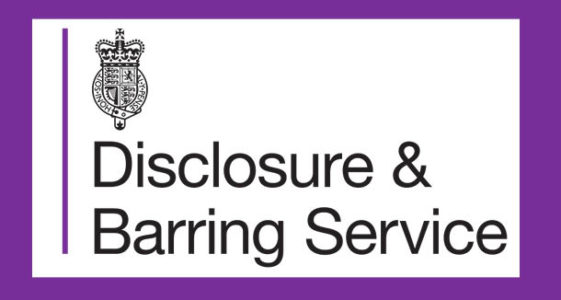Anyone who is involved with hiring new employees will be aware of the importance and responsibility to establish your new hire is who they say there are and that they have the right to work in the UK.
The UK Government penalties for not establishing an individual’s right to work with you can come at a high cost too. You can be sent to jail for 5 years and pay an unlimited fine if you’re found guilty of employing someone who you knew or had ‘reasonable cause to believe’ did not have the right to work in the UK.
You can also be penalised if you employ someone who does not have the right to work and you did not do the correct checks, or you did not do them properly. If this happens, you might get a ‘referral notice’ to let you know your case is being considered and that you might have to pay a civil penalty (fine) of up to £20,000 for each illegal worker.

The pandemic offered some flexibility but new regulations are on their way and this guide is to help you understand how the Right to Work rules have changed over the last 2 years and how the new rules will both affect and benefit you too!
What were the right-to-work rules pre-pandemic?
Before COVID-19 transformed our lives, the rules around compliance checks for new hires were straightforward. All employers must have seen and taken a copy of a new hires’ passport and/or working visa documentation and store these on file for auditing purposes. Documentation was often checked by recruiters, HR, and quite often the hiring manager.
What changed during the pandemic?
When we were all sent home as lockdown measures were introduced nationwide, hiring continued but it was no longer physically possible to check passports and visas in person. The Home Office and DBS (Disclosure and Barring Service) relaxed the rules to allow virtual checks to replace physical ones. In a practical sense, this allowed employers to record the checking of documentation via video and new hires sending images and hold these in evidence in lieu of physical checks.
This new approach offered greater flexibility and employers found this approach removed the burden of the critical part of compliance.
That said, the virtual approach leaves an even greater margin for error when checking documentation and establishing its authenticity. This was hard enough with physical checks!
What's the future of Right-to-Work checks?
With so many companies adopting hybrid working patterns or even abandoning offices for a fully remote working model, this highlighted the need for a new approach for Right to Work checks.
The DBS and Home Office had already been exploring more robust ways to manage checks virtually and introduce safeguards for employers to be certain that the documentation being presented was authentic and with the Pandemic, this plan has been fast-tracked.
From 6th April 2022, the Home Office and DBS (Disclosure and Barring Service) are launching a new digital system, so that employers can use certified Identification Document Validation Technology (IDVT) service providers to carry out digital identity checks on their behalf.
Full details of the changes and what they mean for employers can be found here.
What do the new checks mean for me as an employer?
- For now, you can continue with virtual checks until 30th September 2022.
- However, post 30th September you must complete a physical check (as pre-Pandemic) or use a third party IDVT checking provider to record and verify passports virtually.
- There will be costs associated with using these services but the benefits far outweigh the marginal cost for each new hire.
- Existing physical and virtual checks are prone to human error. Let’s be honest, none of us can be sure a passport is real and fakes, copies and cloned documentation is very sophisticated these days. Yet, the onus is still on the employer – not a responsibility anyone wants, bearing in mind the penalties!
- IDVT solutions are really convenient. The new hire downloads an app and takes a picture of their passport and the app scans and checks all elements to give it certified clearance. Some will even check the chip (NFC) on your passport. Following this a Right to Work status report is created, including details of any work restrictions and the date of any necessary follow up checks to help support your statutory excuse.
- All this information is held securely online. This reduces the risks associated with storing passports physically or on PCs, laptops etc which carries significant risk and can fall foul of GDPR legislation.
- Finally, the risks of clearing and employing people without the correct documentation and right to work are removed, giving employers complete peace of mind.
 How can these changes be supported within my recruitment system?
How can these changes be supported within my recruitment system?
These checks can be integrated into your recruitment system! This solution would allow you to request checks for new hires from within your recruitment software, for new hires to submit their ID documents for validation and certification online, and for the results to be posted back into the platform, reducing a great deal of administration. All ID documentation is stored securely in line with GDPR.
Necessity can really be the mother of invention! What was once a critical aspect of hiring new staff but fraught with risk and inconvenience can now be completed far easier, much more quickly and with complete peace of mind.
